Growth of Biotechnology Sector
The biotechnology sector is witnessing substantial growth, which is significantly influencing the sanitary valves market. As biotechnological applications expand in areas such as genetic engineering, drug development, and agricultural biotechnology, the need for specialized sanitary valves becomes increasingly apparent. These valves are essential for maintaining sterile environments and ensuring the integrity of bioprocessing operations. The market is projected to grow at a rate of approximately 8% as biotechnology companies invest in advanced sanitary solutions to comply with regulatory standards and enhance production efficiency. This growth is further fueled by the increasing collaboration between biotechnology firms and research institutions, driving innovation and the demand for high-quality sanitary valves that can withstand the unique challenges of bioprocessing.
Expansion of Pharmaceutical Manufacturing
The pharmaceutical industry is undergoing rapid expansion, necessitating the use of sanitary valves to meet the stringent requirements for cleanliness and sterility. As the production of biopharmaceuticals and vaccines increases, the sanitary valves market is poised to benefit from this trend. The market is expected to grow at a compound annual growth rate of around 7% as pharmaceutical companies prioritize the implementation of advanced sanitary systems. These valves play a crucial role in ensuring the integrity of the manufacturing process, preventing contamination, and maintaining product quality. Furthermore, the increasing focus on research and development in the pharmaceutical sector is likely to drive demand for specialized sanitary valves, thereby enhancing the overall market landscape.
Rising Demand in Food and Beverage Sector
The food and beverage sector is experiencing a notable surge in demand for sanitary valves, driven by the need for stringent hygiene standards and quality control. As consumers become increasingly health-conscious, manufacturers are compelled to adopt advanced sanitary solutions to ensure product safety. The sanitary valves market is projected to witness a growth rate of approximately 6% annually, reflecting the sector's commitment to maintaining high standards. This trend is further supported by the expansion of food processing facilities, which require reliable and efficient valve systems to manage fluid flow and prevent contamination. Consequently, the food and beverage industry's growth is a significant driver for the sanitary valves market, as companies invest in innovative technologies to enhance operational efficiency and comply with regulatory requirements.
Technological Innovations in Valve Design
Technological innovations are reshaping the sanitary valves market, leading to the development of more efficient and reliable valve designs. Advances in materials science and engineering have resulted in the creation of valves that offer improved performance, durability, and resistance to corrosion. These innovations are particularly relevant in industries such as food and beverage, pharmaceuticals, and biotechnology, where the need for high-quality sanitary solutions is paramount. The introduction of smart valves equipped with sensors and automation capabilities is also gaining traction, allowing for real-time monitoring and control of fluid flow. This trend is expected to drive market growth, as companies seek to enhance operational efficiency and reduce maintenance costs through the adoption of cutting-edge technologies.
Increasing Focus on Hygiene and Safety Standards
The growing emphasis on hygiene and safety standards across various industries is a critical driver for the sanitary valves market. Regulatory bodies are implementing stricter guidelines to ensure product safety, particularly in sectors such as food processing, pharmaceuticals, and cosmetics. This heightened focus on compliance is prompting manufacturers to invest in high-quality sanitary valves that meet these stringent requirements. As a result, the market is anticipated to experience steady growth, with an estimated increase of 5% annually. Companies are increasingly recognizing the importance of maintaining high hygiene standards to protect consumer health and enhance brand reputation. Consequently, the demand for sanitary valves that facilitate clean and safe operations is likely to continue rising.




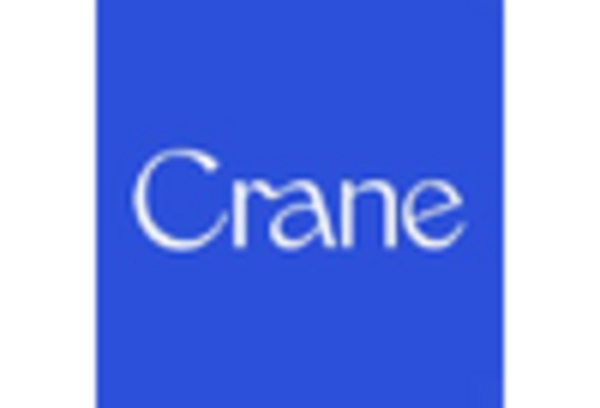
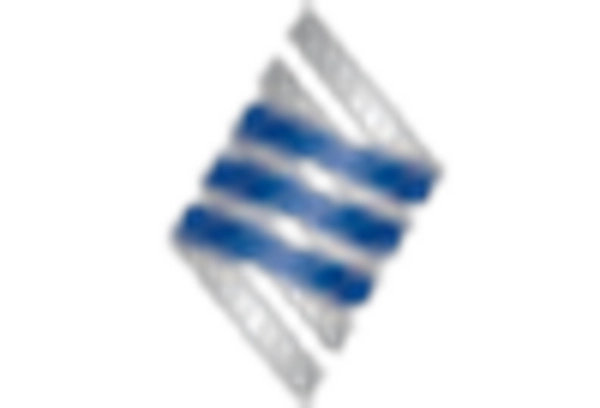
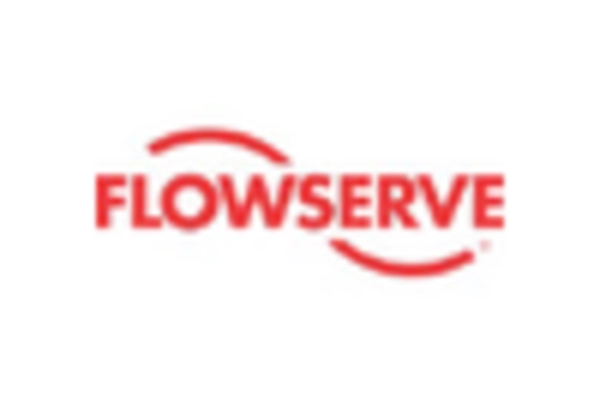
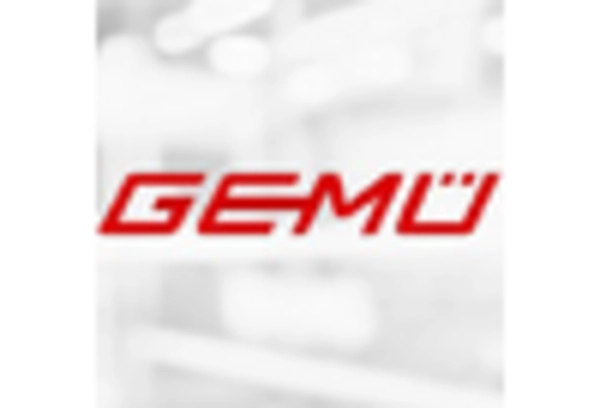
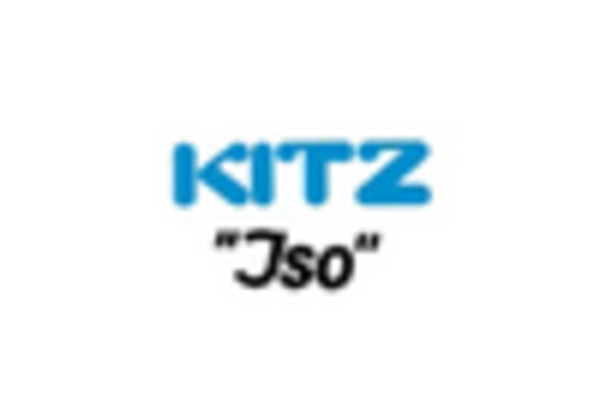
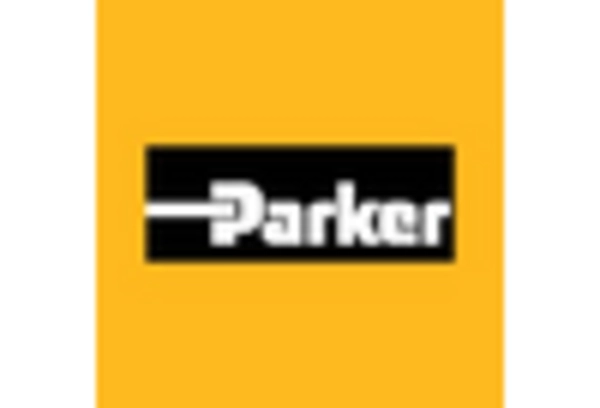








Leave a Comment